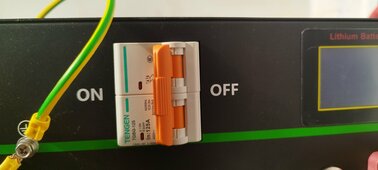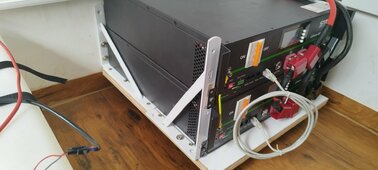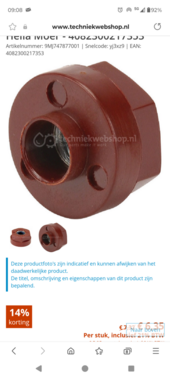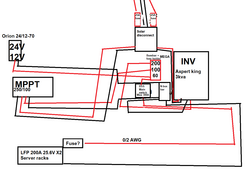25.6v - 200A (5kw x 2 parallel, there is a mistake in the specs)
This breaker is probably not DC rated, but every server rack battery has one of those non dc rated stuff
Found this for the breaker
Should I put a 200A T class fuse at the cable going to the inverter?
MRBF 200A at the terminal goingong to the inverter?
150A MRBF at both positive terminals?
(I need a 200A fuse anyway to the inverter)
I prefer MRBF in general, I like how easy they are to use, less connections less resistance less crimping
I don't know



This breaker is probably not DC rated, but every server rack battery has one of those non dc rated stuff
Found this for the breaker
Should I put a 200A T class fuse at the cable going to the inverter?
MRBF 200A at the terminal goingong to the inverter?
150A MRBF at both positive terminals?
(I need a 200A fuse anyway to the inverter)
I prefer MRBF in general, I like how easy they are to use, less connections less resistance less crimping
I don't know



Last edited:







